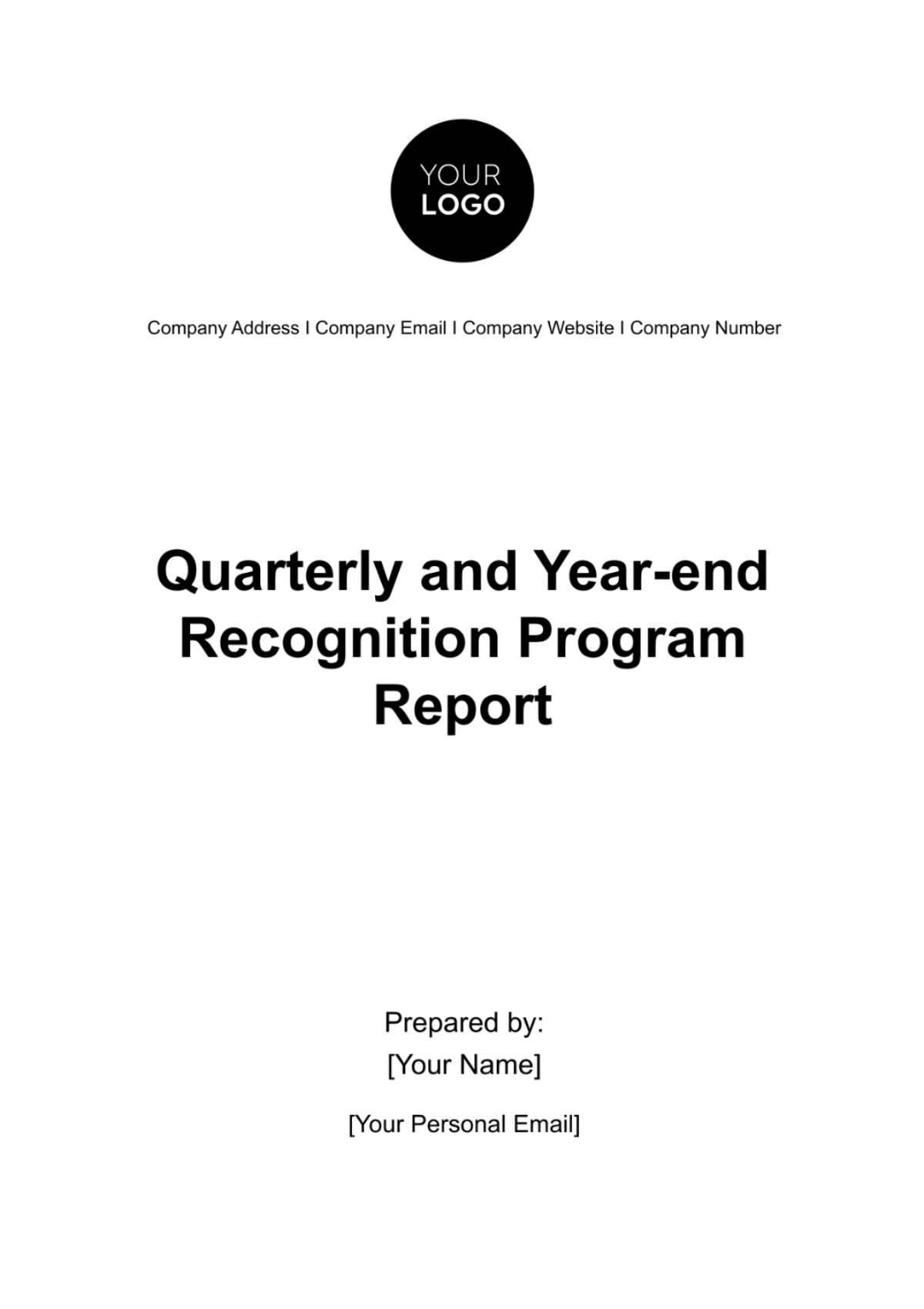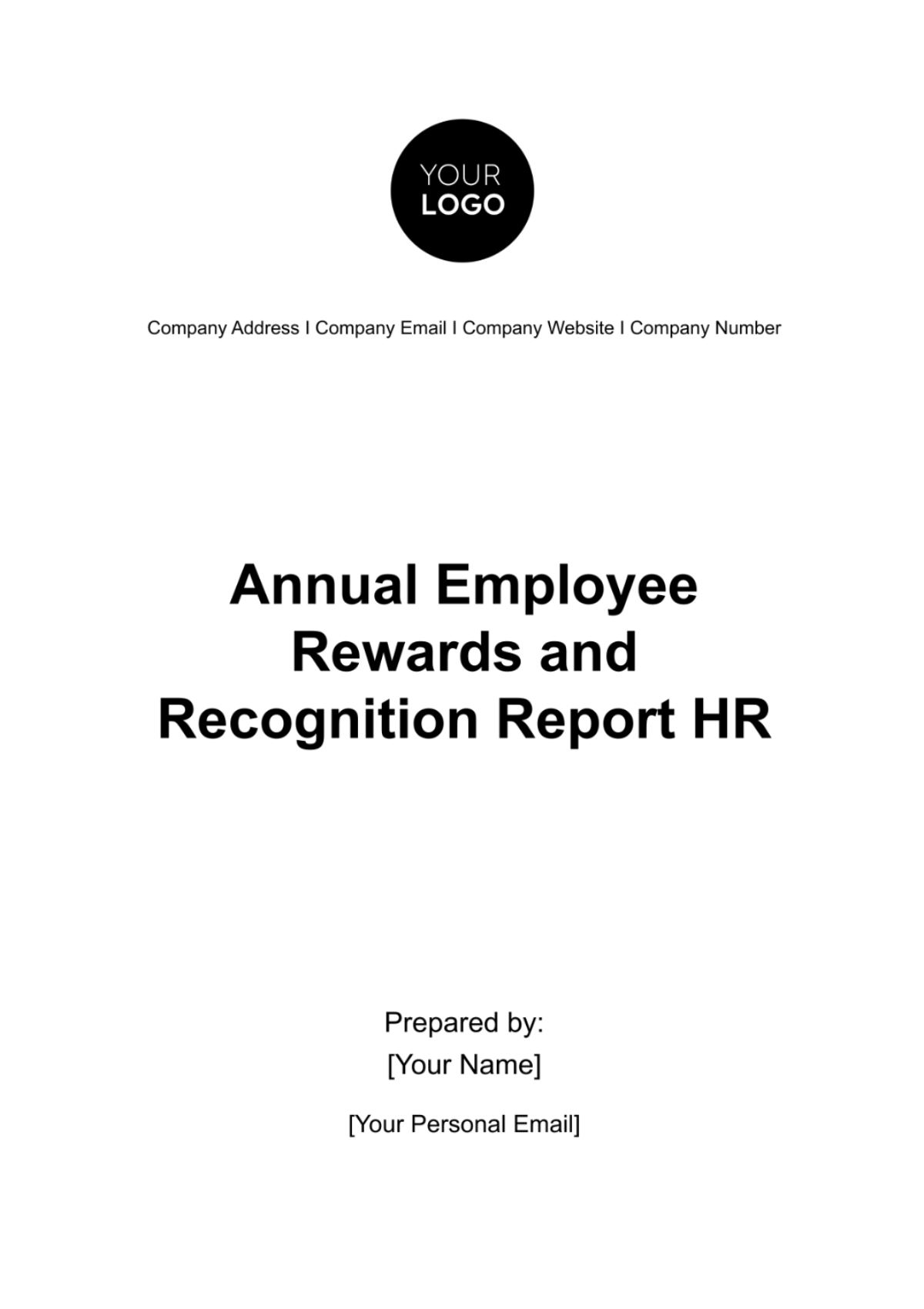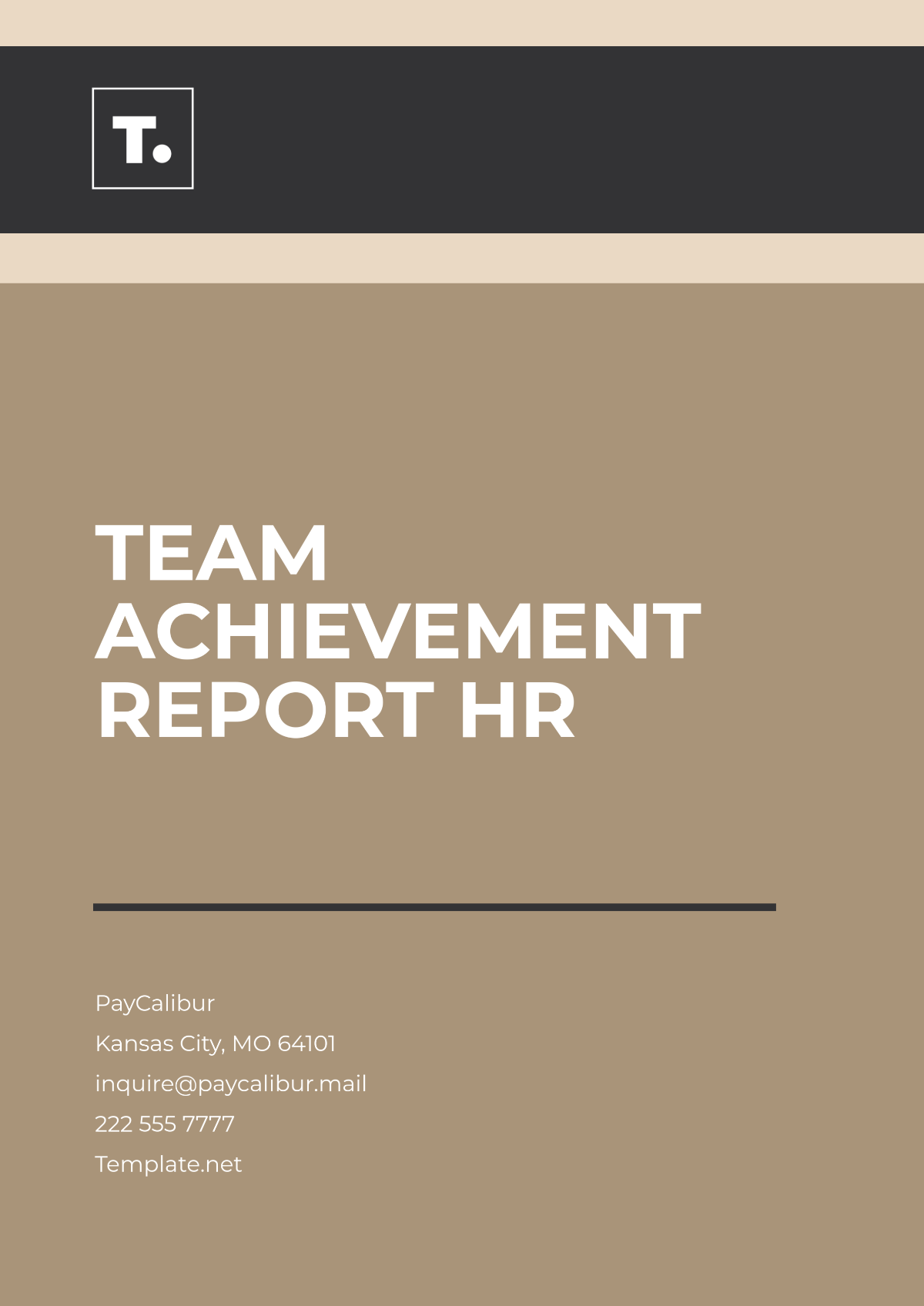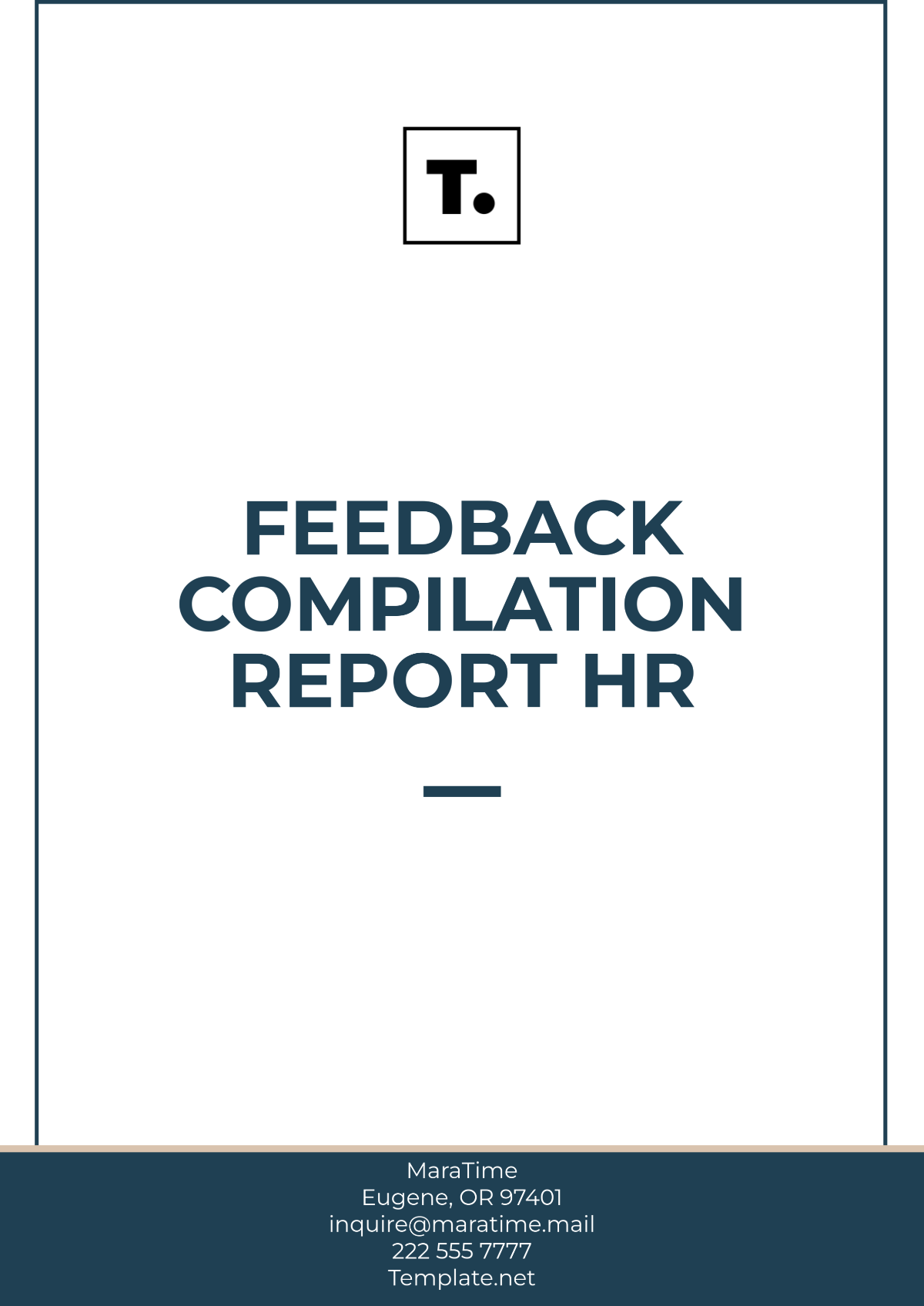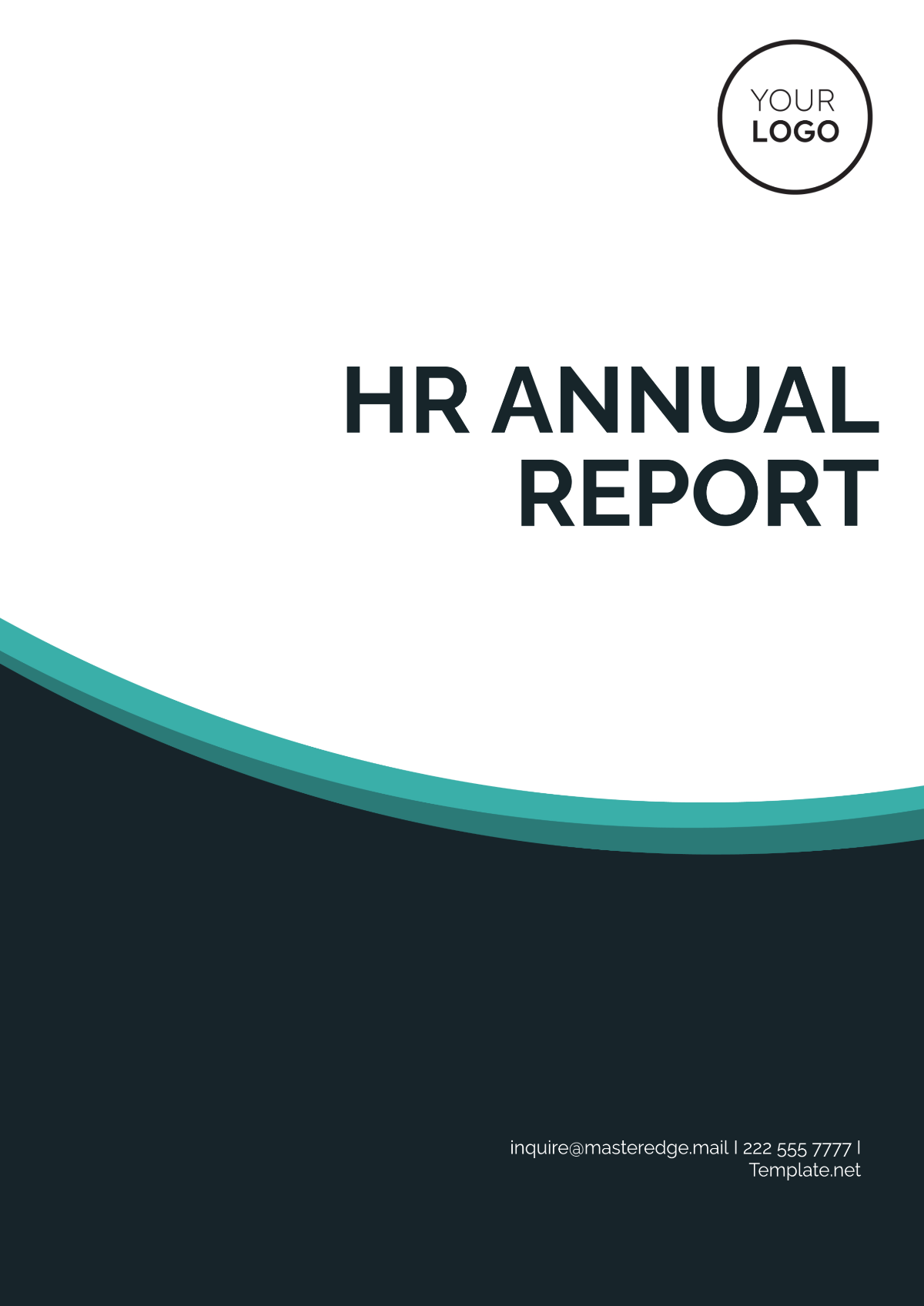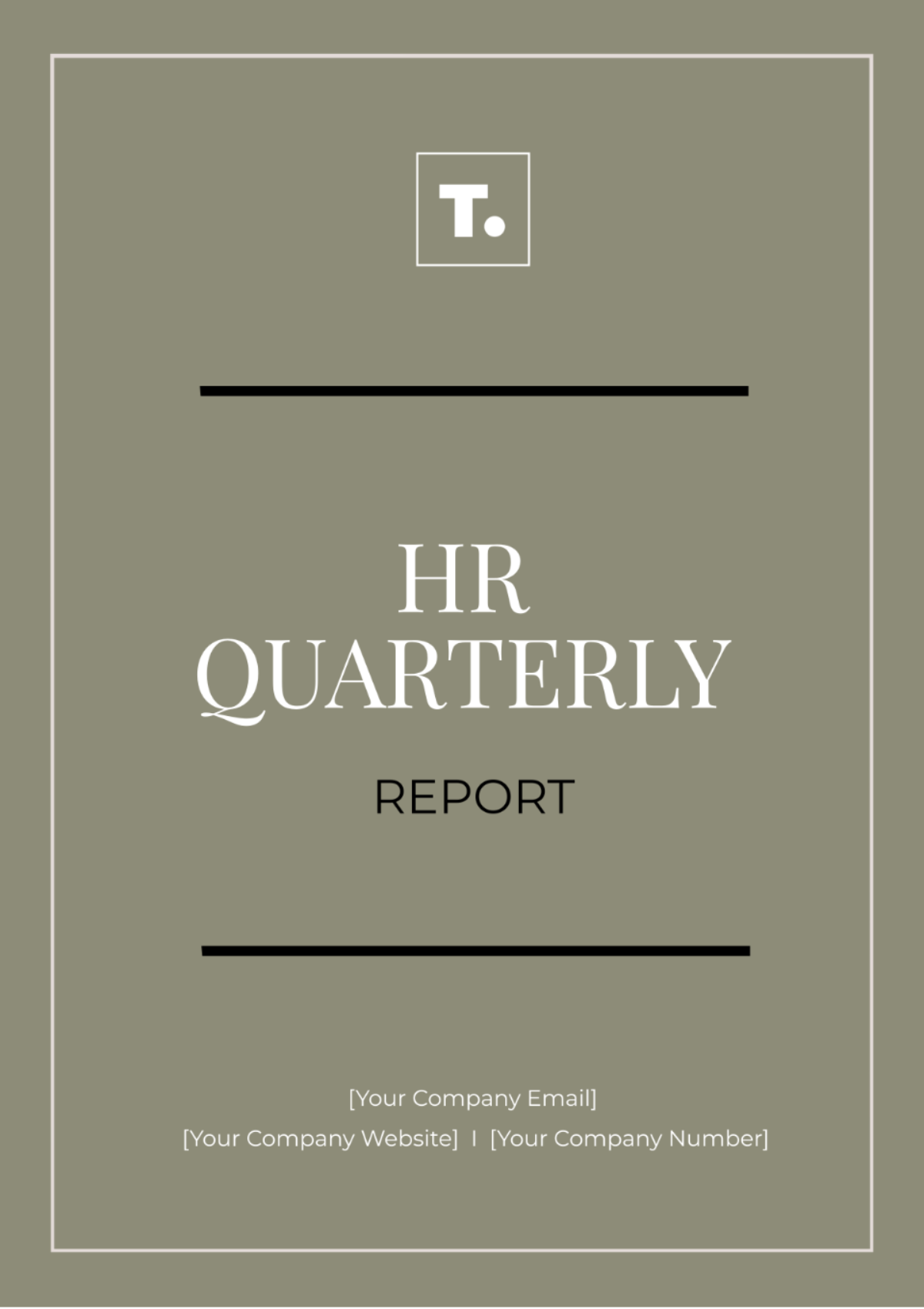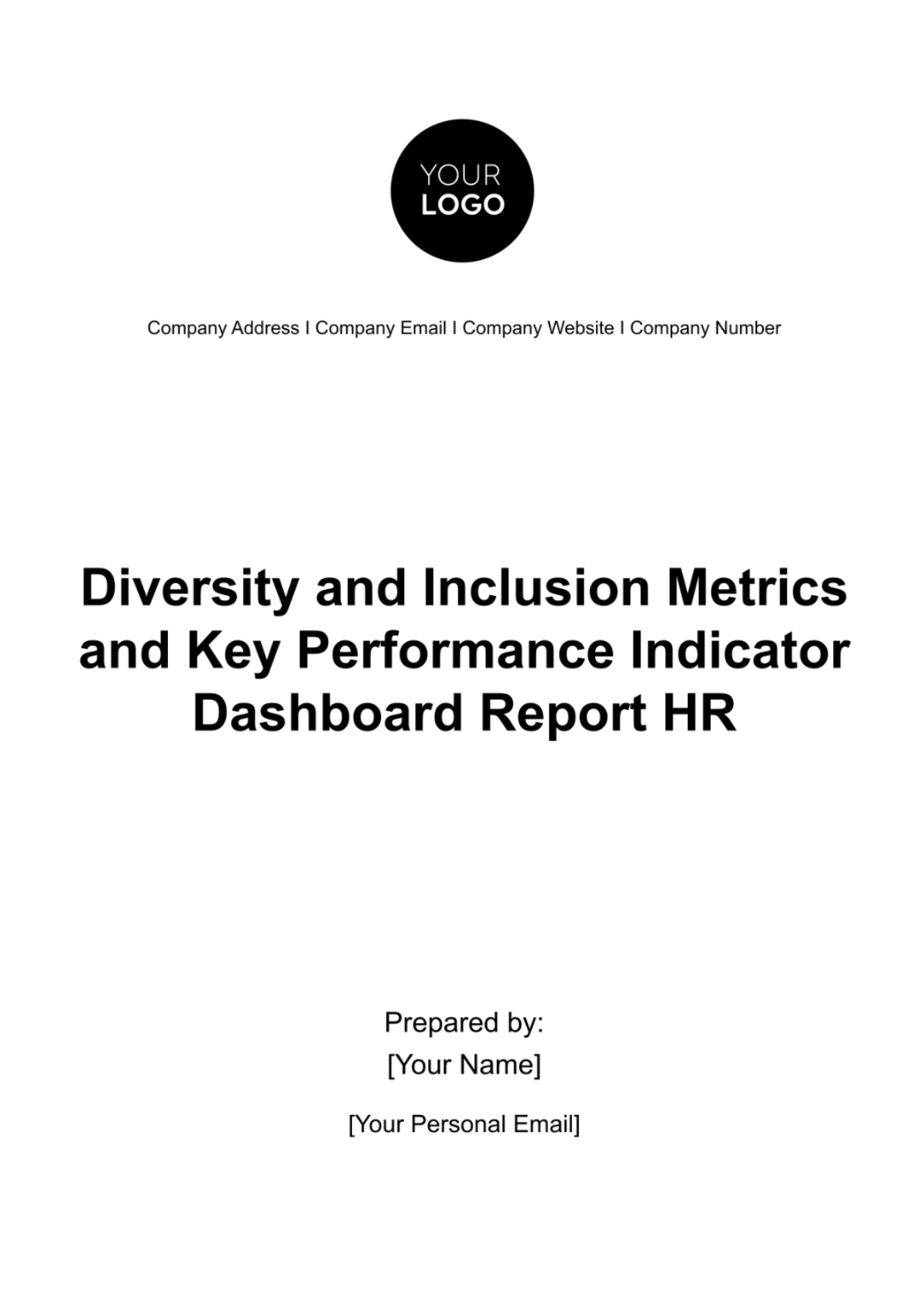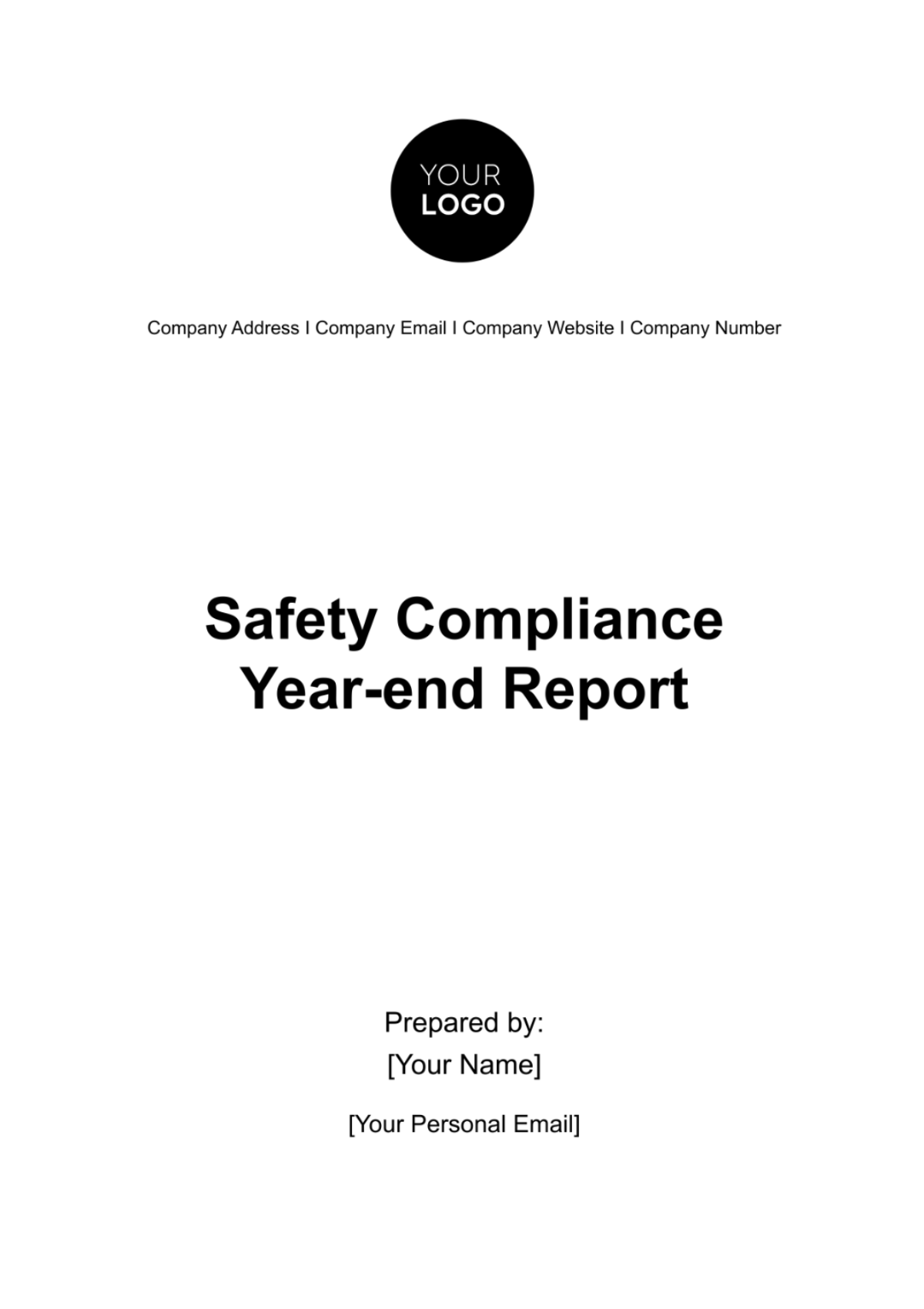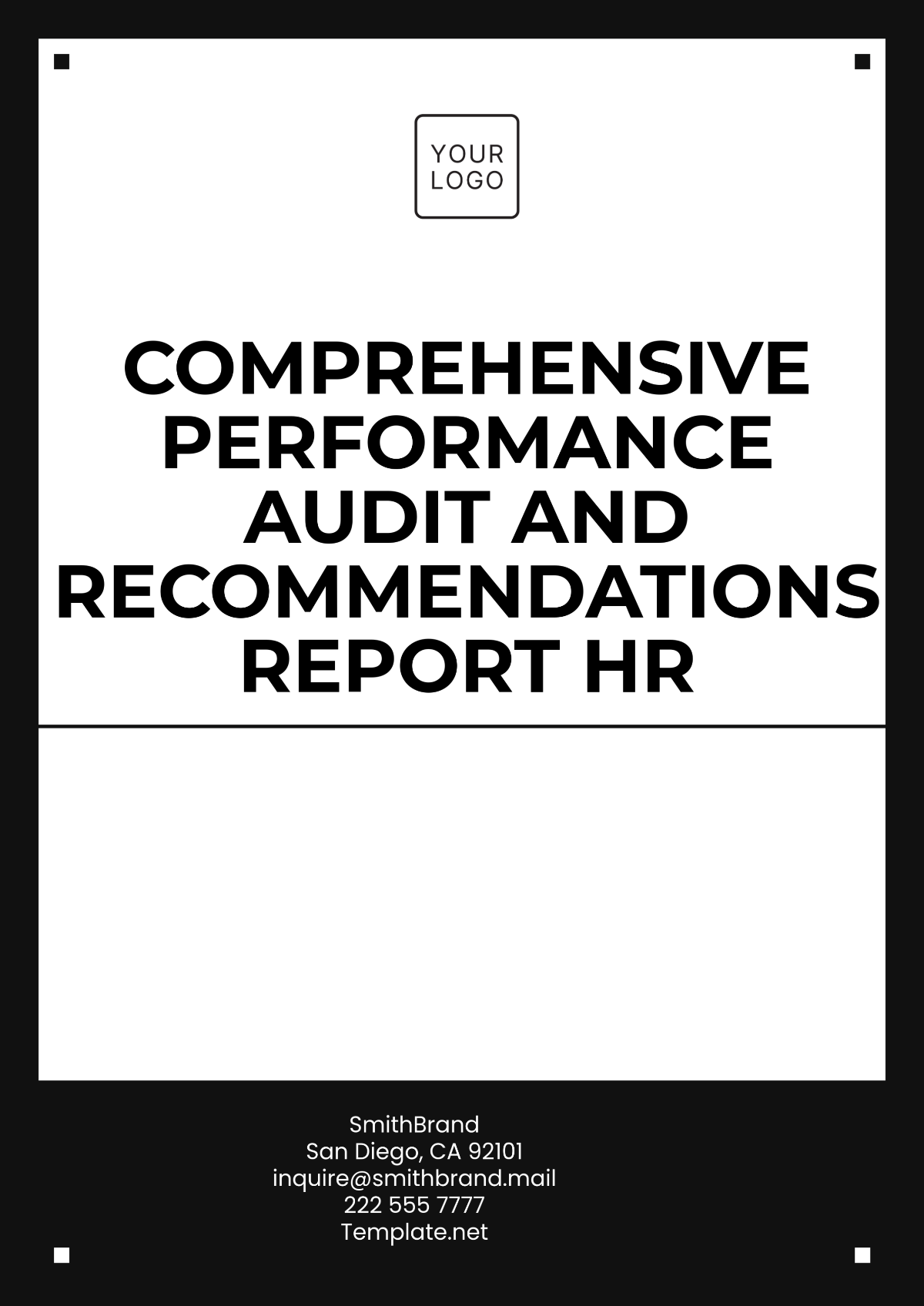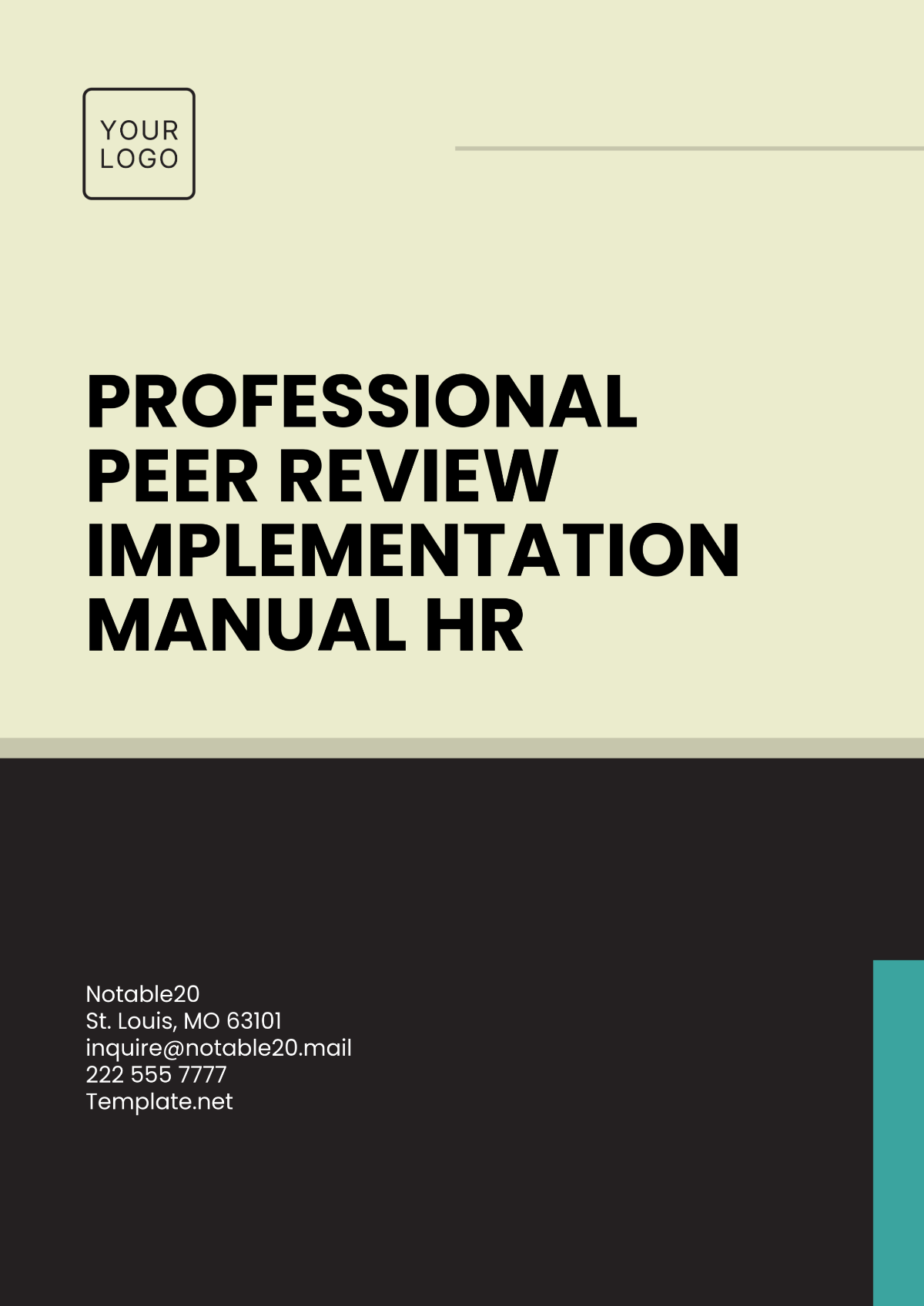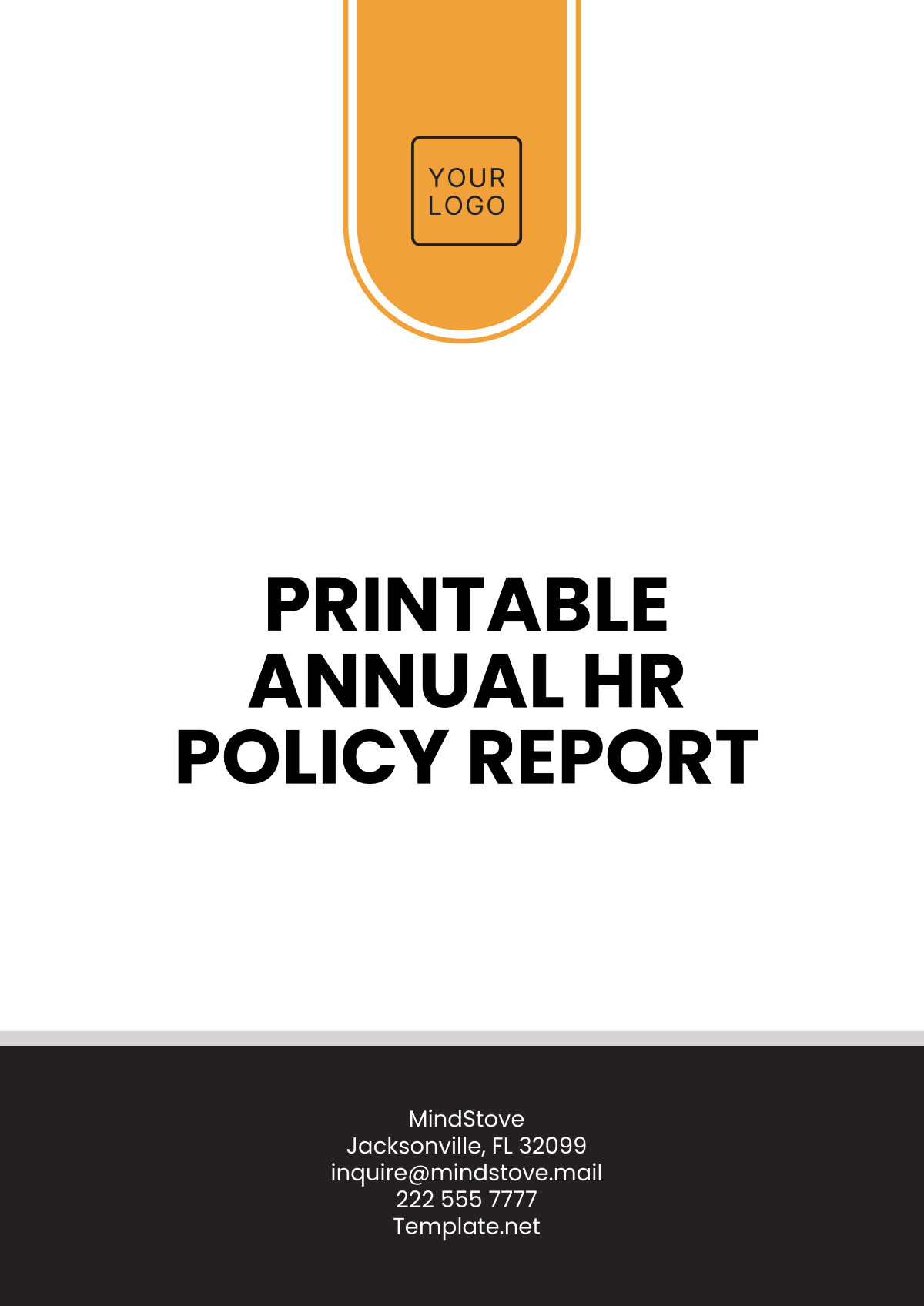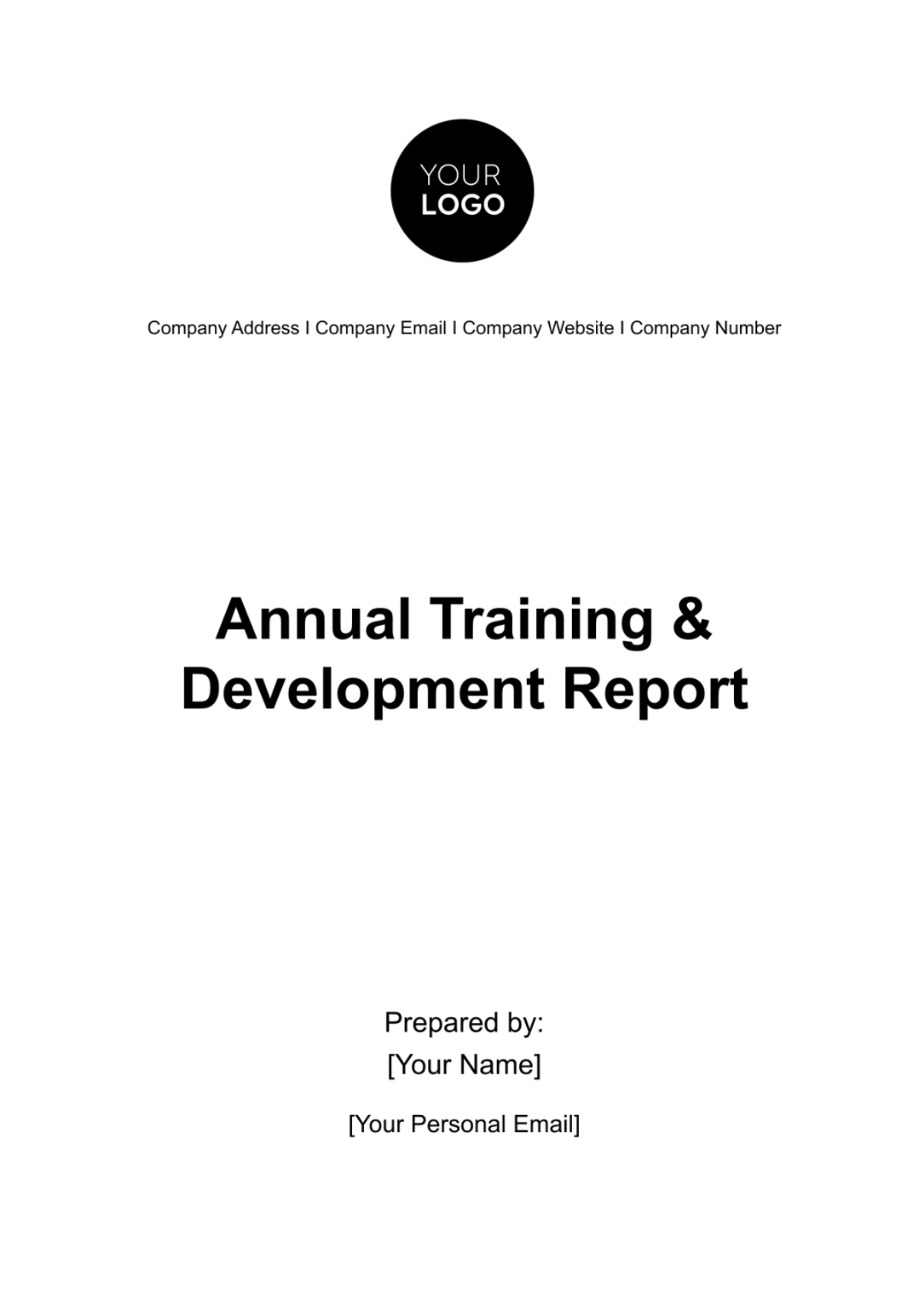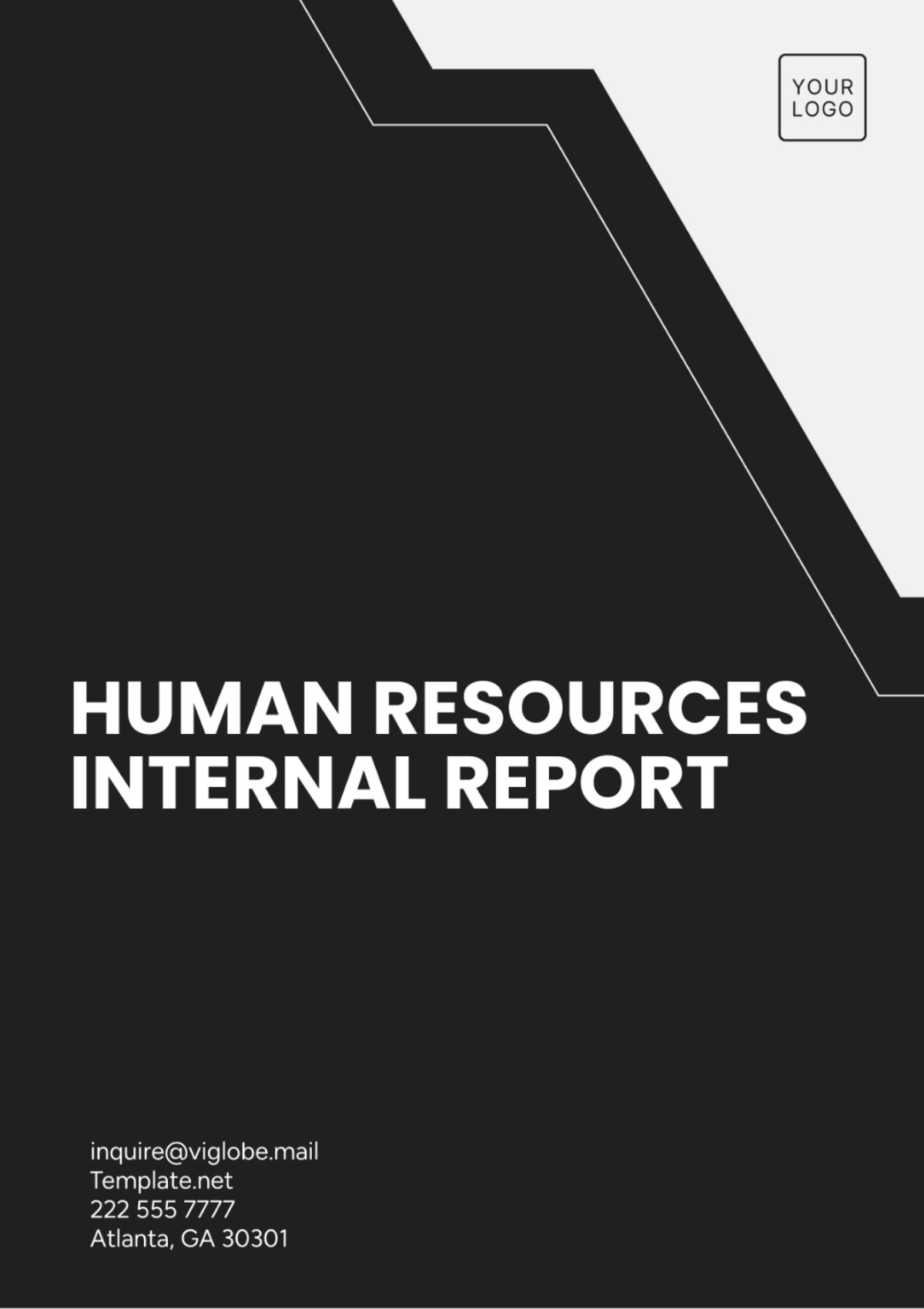Remote Work Productivity Report
Executive Summary
The COVID-19 pandemic brought about a significant shift in workplace dynamics, with many organizations transitioning to remote work arrangements. As a result, it's crucial to evaluate the productivity of remote employees to ensure that business goals are met efficiently. This report provides an analysis of remote work productivity based on data collected over the past year.
Methodology
To assess remote work productivity, we utilized a combination of quantitative and qualitative methods, including surveys, performance metrics, and employee feedback. The data was collected from a random sample of 300 employees across various departments.
Key Findings
Productivity Metrics
We evaluated productivity based on key performance indicators (KPIs), including:
KPI | Average Performance |
Monthly Tasks Completed | 92% |
Meeting Attendance | 96% |
Project Milestone Achievement | 88% |
Timeliness of Deliverables | 94% |
The data suggests that, on average, employees have maintained high levels of productivity while working remotely.
Employee Satisfaction
Employee satisfaction is crucial for sustained productivity. Based on survey responses:
82% | employees reported being satisfied with their remote work experience. |
75% | remote work has improved their work-life balance. |
68% | remote work positively impacted their job satisfaction. |
Challenges
Despite the positive outcomes, some challenges were identified:
42% | employees reported feelings of isolation. |
35% | struggled with work-related stress due to blurred boundaries between work and personal life. |
27% | aced technical issues, affecting their productivity. |
Recommendations
To enhance remote work productivity and address the challenges identified, we recommend the following:
Employee Engagement Initiatives:
Implement regular virtual team-building activities and encourage employees to connect socially to combat isolation.
Work-Life Balance Support
Provide resources and training on setting boundaries between work and personal life, and promote regular breaks.
Technical Support
Ensure IT resources are readily available to assist employees with technical issues and provide training on remote work tools.
Conclusion
The transition to remote work has been successful in maintaining productivity levels for the majority of employees. Employee satisfaction has improved, but challenges such as isolation and stress need to be addressed. By implementing the recommended strategies, we can further enhance remote work productivity and create a sustainable remote work environment.
Prepared By:
[Employee Name]
HR Manager
[Company Name]
Date: [Insert Date]

